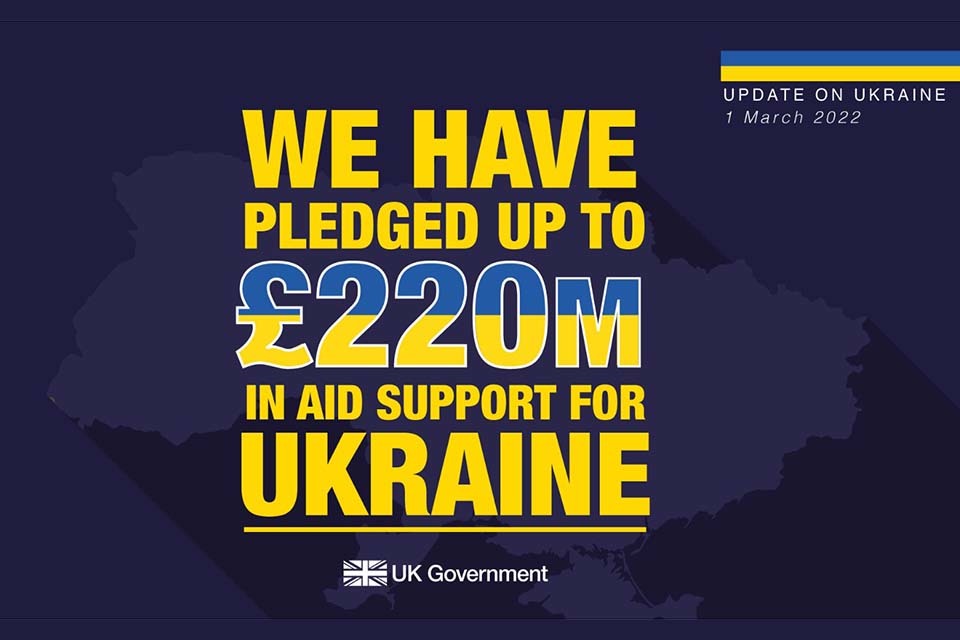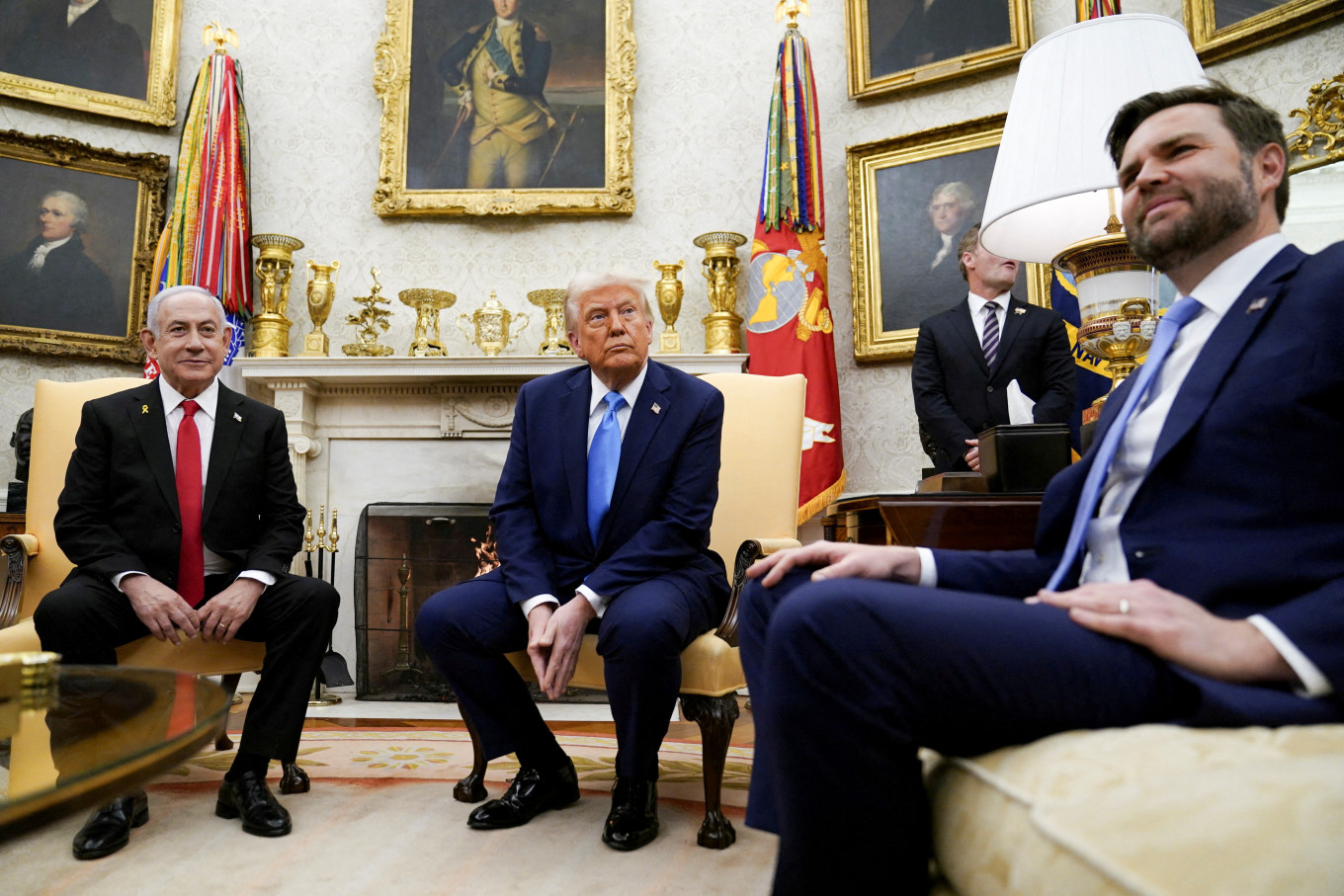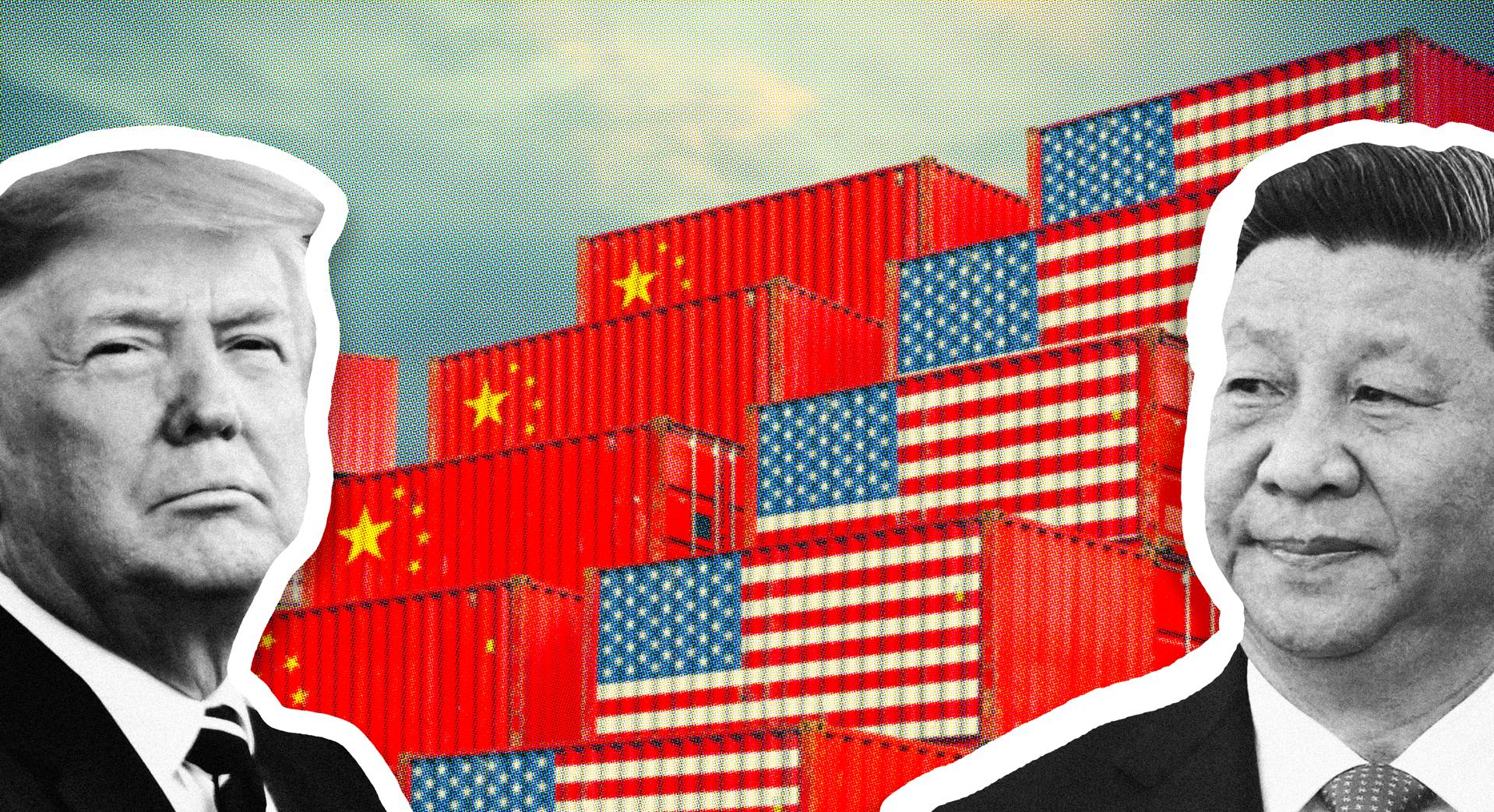Let’s be clear: Hamas isn’t bluffing. Senior Hamas official Osama Hamdan delivered a stark message yesterday – as long as Israel maintains its occupation, the fight continues. Frankly, this shouldn’t surprise anyone following the situation closely. We’ve been warning about this rigidity for weeks.
Hamas is pushing for either adherence to the January ceasefire agreement or a comprehensive new one. The core demands? Complete Israeli withdrawal from Gaza, reopening border crossings, and a long-term cessation of hostilities. Anything less is a non-starter.
They are outright rejecting any proposals that talk about ‘post-war Gaza’ – a strategic move to prevent Israel from dictating terms after the fighting stops. It’s ‘stop the aggression,’ period, and it’s a firm line in the sand.
Understanding the Core Dynamics: A Deeper Dive
The Israeli-Palestinian conflict is rooted in decades of territorial disputes and political grievances. Hamas, as a Palestinian Islamist militant group, views armed resistance as legitimate response to what it deems ongoing occupation.
The concept of ‘occupation’ is key. International law defines occupation as prolonged military control of a territory. For Hamas, Israeli presence in Gaza, even after a potential withdrawal, may not equate to ending the occupation in their view, as they demand full sovereignty.
Ceasefire negotiations frequently stall over the issue of security guarantees. Hamas seeks assurances that Israel will not re-enter Gaza, while Israel demands guarantees against future attacks. This creates a continuous cycle of conflict.
The framing of ‘post-war Gaza’ is crucial. It suggests a willingness to discuss the future governance of Gaza after conflict, something Hamas vehemently opposes as it implies acceptance of Israeli influence. They want immediate cessation of hostilities, then negotiation, not the other way around.






